Nearly all late-model vehicles are equipped with variable valve timing (VVT). The technology can improve engine performance, reduce emissions, increase fuel economy, or all of the above, depending on the system configuration.
One or more camshaft actuators—also known as camshaft phasers—act as the heart of the VVT system. When conditions are correct, the phasers alter the position of the camshafts to adjust the engine’s valve timing.
Although camshaft phasers sound great in theory, they’re a common failure point on many modern engines. It’s helpful to have a basic understanding of phasers in case you ever need to replace them on your car.
What is a Camshaft Phaser?

Some vehicle manufacturers refer to camshaft actuators as phasers, while others use different terminology. But regardless of what they’re called, all phasers serve the same purpose: adjusting the position or the “phase” of the camshaft in relation to the crankshaft, thereby altering valve timing.
To understand the concept better, it helps to first understand camshafts, valves, and variable valve timing.
How the Camshafts and Valves Work
Inside the engine, there’s a crankshaft and one or more camshafts. The camshafts open and close a series of valves that allow air (and fuel, in the case of port injection) into the engine and exhaust gases out.

Meanwhile, the crankshaft is attached to the connecting rods and pistons. When the vehicle is running, the valves allow air to enter the engine’s cylinders and mix with fuel. The mixture is ignited by the spark plugs, creating a series of small explosions. Each explosion forces one of the pistons downward inside the engine.
The movement of the pistons makes the crankshaft turn, creating the rotational force needed to propel your vehicle down the road.
A timing chain (or timing belt) connects the crankshaft to the camshafts. The shafts must be kept in sync so that the valves open and close at the correct point in the piston’s travel.
How Variable Valve Timing and Phasers Work
In a traditional engine, valve timing (when the valves open and close) is fixed. But with a modern VVT system, the position of the camshaft (s) can be adjusted, thereby altering valve timing. Having this ability can improve engine performance, increase fuel economy, or both.
Several different components work together within a typical VVT system. Most vehicles use a hydraulically-operated phaser (aka actuator) located at the end of the camshaft to change the camshaft’s position and retard or advance valve timing.
An oil control solenoid (often referred to as a VVT solenoid), applies oil pressure to activate the phaser. The PCM controls the VVT solenoids based on input from various sensors.
Typically, there’s one VVT solenoid for each phaser. Some vehicles only have a phaser on the exhaust camshaft or the intake camshaft, while others have phasers on both.
It’s worth noting that different automakers have different naming conventions for their VVT systems. For example, Ford refers to its system as Twin Independent Variable Camshaft Timing (Ti-VCT) and BMW calls its setup VANOS.

What Happens When a Cam Phaser Goes Bad: Three Common Symptoms
Cam phasers are a common issue on many modern vehicles. Ford, in particular, is well-known for having phaser problems on its gas-powered full-size trucks and SUVs.
If your vehicle’s cam phasers begin to fail, you’ll likely notice one or more of the following symptoms:
Illuminated Check Engine Light
Your car’s engine computer, which is often referred to as the powertrain control module (PCM), monitors the position of the camshaft (s) via one or more camshaft position sensors. If the module detects the camshaft has deviated from its expected position (due to a faulty phaser), the module will turn on the check engine light and store a diagnostic trouble code in its memory.
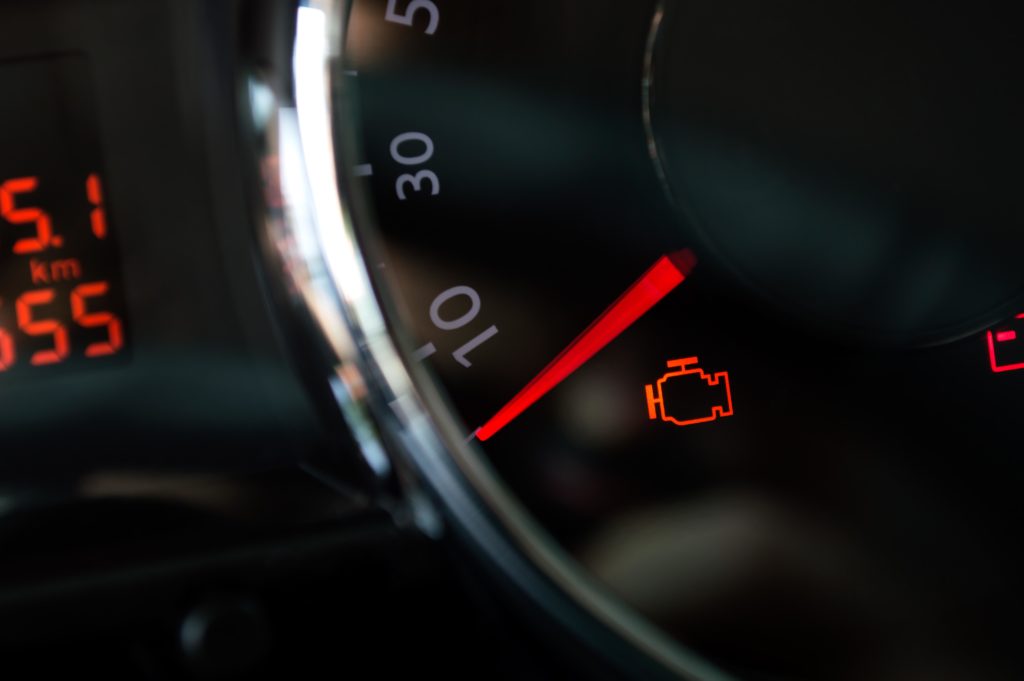
Poor Engine Performance
A malfunctioning phaser can prevent the valve timing from advancing or retarding as needed. As a result, the engine may exhibit performance problems, such as rough running and poor acceleration.
Rattling Noise
Most phasers are designed to lock into position at base idle. But when a phaser fails, it may no longer lock into place, resulting in a rattling or knocking sound coming from the top-end of the engine. The noise is often most noticeable at idle when the engine is hot.
The video below demonstrates phaser noise in a Ford engine:
How Much Does it Cost to Replace Cam Phasers?
Replacing cam phasers is not cheap. You can expect to pay anywhere from $800 to $2500 to get the job done by a professional. Of course, the exact cost will depend on several factors, such as the year, make, and model of the vehicle.
If you have the know-how, you can save a lot of money by replacing the phasers yourself. CarParts.com has a wide selection of replacement cam phasers available for a variety of makes and models.
Where to Get a Replacement Cam Phaser for Your Vehicle
If your vehicle has a bad cam phaser, you’re going to experience engine-related issues that might escalate into engine damage if left unresolved. This can become costly to repair, so it would be best to fix it as soon as possible. Luckily, getting a replacement cam phaser is easy and convenient, thanks to CarParts.com.
Here at CarParts.com, you can order OE-grade parts from the comfort of your own home. Simply enter your vehicle’s year, make, model in our vehicle selector to see a list of compatible parts, including a selection of high-quality cam phasers from the leading aftermarket manufacturers. Our distribution centers are strategically located around the country, so you can expect to receive your order in as fast as two business days.
Don’t wait until your cam phaser causes more issues. Check out our selection of cam phasers and shop now at CarParts.com.
Products Mentioned in this Guide
Any information provided on this Website is for informational purposes only and is not intended to replace consultation with a professional mechanic. The accuracy and timeliness of the information may change from the time of publication.

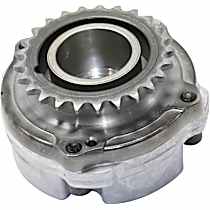 Cam Phaser
Cam Phaser
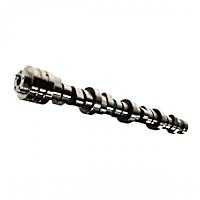 Camshaft
Camshaft
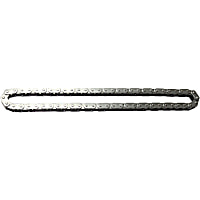 Timing Chain
Timing Chain
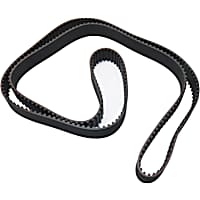 Timing Belt
Timing Belt

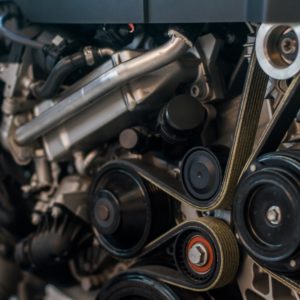
























Will replacing the OEM oilpump with yhe highout mellon pump prevent yhos from happening again? Whats the pump part numbe5? I have 06 F150 Lariat 5.4 nonflex, 2 WD. Thanks
Hi Ted,
Some professionals believe that, on Triton engines such as yours, the oil pressure to the phasers is not sufficient at hot idle. The theory is that the low oil pressure prevents the phaser from locking back into position when the solenoid is de-energized. However, I can’t say for certain whether upgrading to a high-pressure pump would prevent potential phaser issues on your truck.
Have a 2008 F150 5.4 3 valve. Been watching your videos on phasers and vct selenoid. Engine idles fine but after half hour of running, it makes an upper top end noises and runs rough. Hit the accelerstor once and it levels off. Took valve covers off and found vct selenoid on left bank with a torn screen in it. It does have varnish in the engine. Found the phasers on both banks being in line with their timing marks. Question is, do i still replace the phasers? I will replace the vct selenoid. Engine has 154k on it. Just dont want to dump alot of $$ and have it still run rough. Also the guy i bought it from said the codes that came up was ‘faulty cam sensor’ so i replaced them but did not work. Any help would be grateful.
Hello,
What codes are currently stored? If the solenoid’s screen is torn, it would be a good idea to try a new solenoid first before replacing the phasers since the solenoids are cheaper and easier to replace.
Thank you I’ll have to look into that,codes. The guy I bought the truck from said it was in to the threes like 320 the code which at the time I looked it up was the cam sensors but it’s not that.
Yes, retrieve the codes and report back with what you find! Also, The solenoid with the torn screen should be replaced regardless, and you should see if you can find the missing portion of the screen (if possible) so that it doesn’t work its way through the engine.
Thanks, I’m going to get both solenoids, clean out everything, put it together so it runs then get codes, who knows maybe that will fix it, I just don’t see the phasers being bed,not Unless it’s inside them and I just can’t see it that’s the case then I’ll just buy new ones thanks again